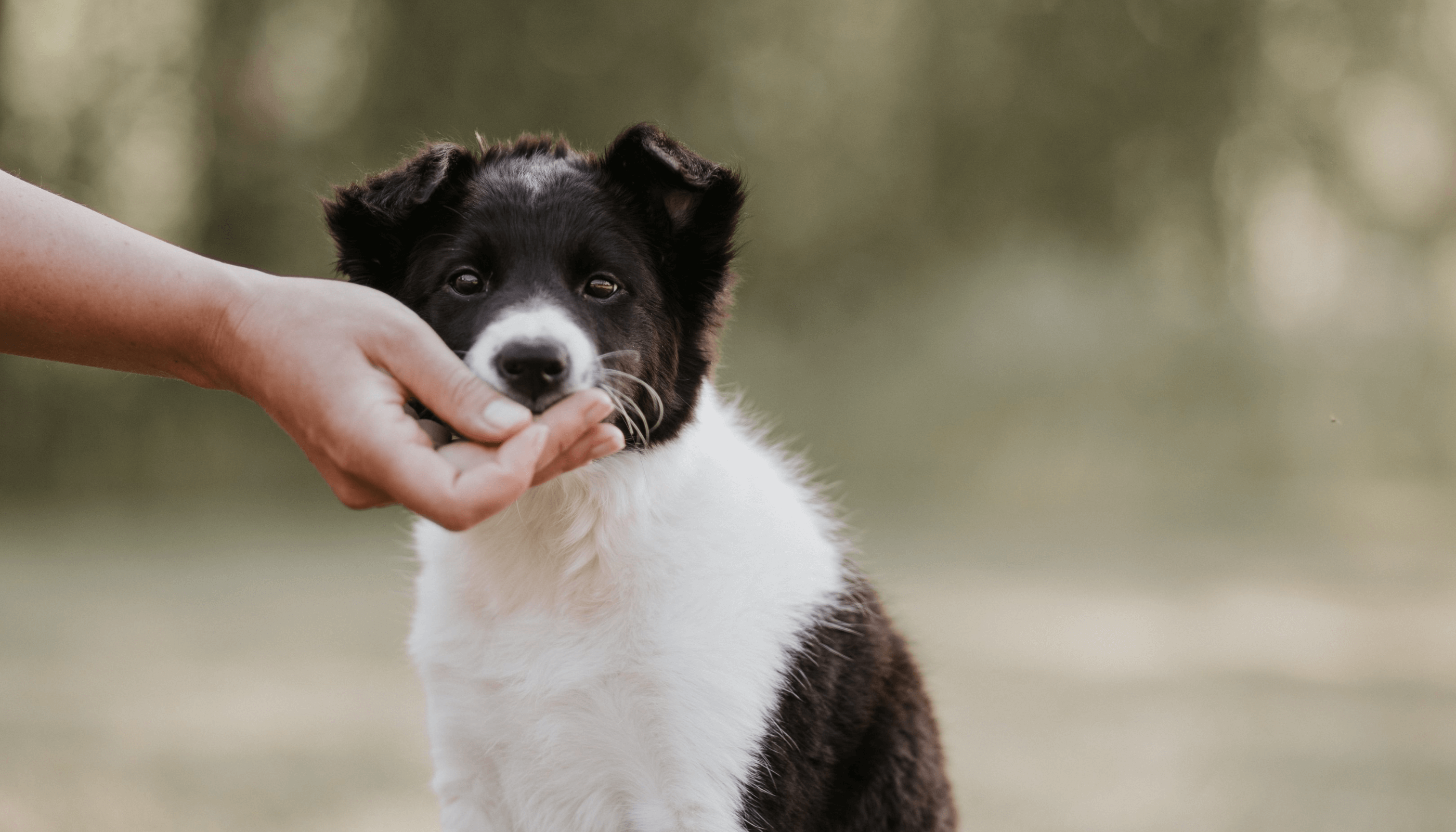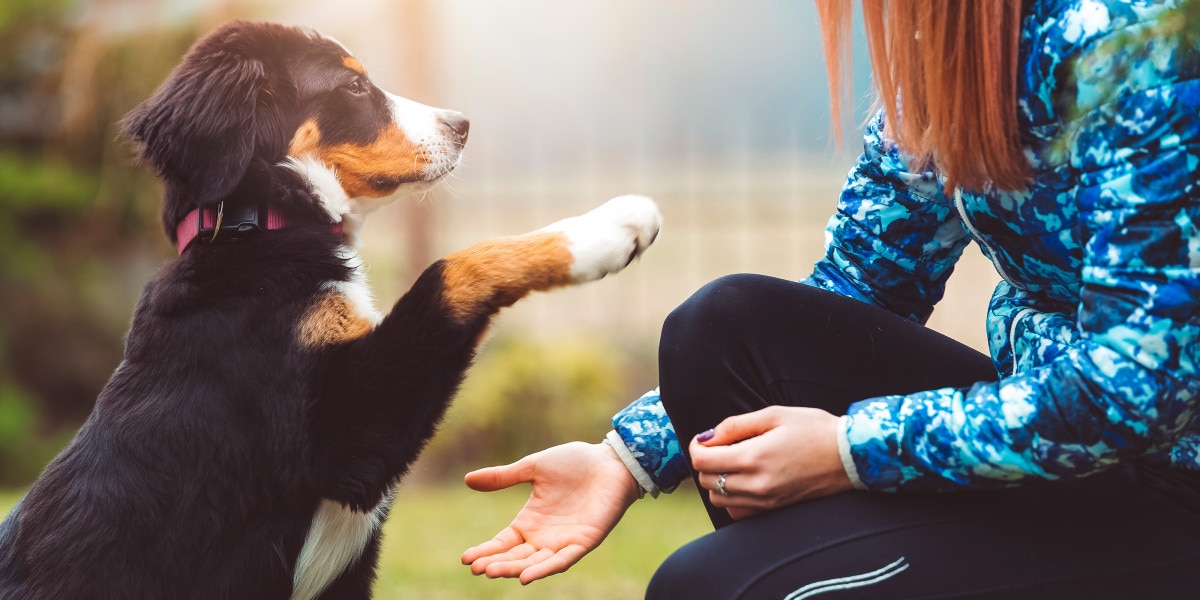Puppy Training Techniques: Teaching Basic Commands for a Happy Pet
Puppy Training Techniques: Teaching Basic Commands for a Happy Pet
Blog Article
Leading Puppy Educating Methods to Ensure a Mannerly Animal
Reliable young puppy training is critical for growing a well-behaved buddy, and various methods can significantly influence a pet's development. Amongst these, favorable reinforcement stands apart as a fundamental approach, advertising trust fund and motivating preferable actions. Consistency in commands and early socialization are just as important, preparing for a well-adjusted animal. In addition, the duties of cage training and leash rules can not be neglected. As we explore these methods better, it ends up being clear that the success of puppy training pivots on a mix of methods that can transform your pet's behavior in exceptional ways.
Positive Support Techniques
Making use of positive reinforcement techniques is important for reliable young puppy training, as it urges preferred actions through benefits as opposed to penalty. This method takes advantage of the natural understanding procedures of pet dogs, strengthening etiquette by giving prompt and substantial incentives, such as treats, praise, or play. By associating positive end results with details activities, young puppies are most likely to repeat those habits in the future.
Benefits ought to be given instantly after the desired actions takes place to produce a clear connection in the puppy's mind. In addition, differing the kinds of rewards can keep a young puppy's interest and inspiration throughout the training procedure.

Consistency in Educating Commands
Preserving uniformity in training commands is important for reinforcing the lessons found out via favorable support strategies. Pets grow on regular and predictability, so utilizing the very same verbal commands and hand signals for particular habits is crucial. This uniformity helps puppies understand what is expected of them, decreasing complication and frustration for both the pet dog and the instructor.

Timing additionally plays a substantial role in consistency. Commands must be supplied quickly throughout training sessions and complied with right away by favorable support, such as deals with or praise. This prompt feedback aids strengthen the association in between the command and the wanted behavior.
Including uniformity right into training sessions will produce a steady understanding atmosphere, promoting quicker mastery of commands. Inevitably, a well-structured approach cultivates a solid bond in between the puppy and its owner, bring about a more loyal and well-behaved pet.
Socializing With Various Other Animals
Socialization with various other pets is critical for a young puppy's development, as it assists them learn ideal behaviors and communication abilities in diverse social contexts. Early communications with different pets can substantially influence a young important source puppy's personality and adaptability in different situations. When young puppies are revealed to a variety of animals, they become much more certain and less frightened, which can stop prospective behavior concerns later in life.

Moreover, observing body movement during interactions is crucial. Show your pup to recognize signals from other animals, such as indications of playfulness or discomfort, promoting common regard and understanding. Normal socialization not just boosts your pup's social abilities yet additionally contributes to their overall health, producing an extra harmonious living atmosphere. To conclude, focusing on communications with various other pet dogs will yield a all-around and socially adept dog.
Pet Crate Training Advantages
Identifying the numerous benefits of pet crate training can considerably boost both the puppy's and owner's experience. Crate training gives a safe and safe atmosphere for pups, ensuring they feel secured when laid off. This feeling of safety and security can dramatically reduce stress and anxiety and stress and anxiety degrees for both the animal and the owner.
In addition, cages act as a beneficial housebreaking tool. Puppies naturally prevent staining their resting location, therefore urging them to hold their bladder until they are let outside. This instinct can speed up the house-breaking process, promoting great routines early.
Crate training additionally assists in taking care of a pup's actions when unsupervised. By giving a marked room, proprietors can stop harmful habits, such as chewing on furniture or obtaining right into unsafe materials. In addition, pet crates can be helpful throughout travel, providing a familiar room that can assist soothe a pup in new settings.
Finally, developing a pet crate routine motivates independence, allowing young puppies to find out how to be alone without fear. Overall, pet crate training is an efficient method for advertising tranquility, security, and discipline, leading to a well-adjusted, mannerly pet.
Chain Training Basics
Leash training is an essential facet of responsible family pet ownership that makes certain a risk-free and delightful strolling experience for both the puppy and its proprietor. Correct leash training begins early, preferably throughout the puppy's socializing duration. This training helps establish great behaviors and promotes positive habits when out in public.
To start, select a comfortable collar or harness that fits your young puppy well. Affix a discover this sturdy leash, ensuring it is not as well long, as this can cause drawing and irregular behavior. Start in a peaceful setting to decrease distractions and slowly introduce your young puppy to brand-new environments.
Usage favorable reinforcement methods, such as treats and appreciation, to motivate your young puppy to walk beside you. If your pup draws, quit walking and wait more for them to return to your side prior to continuing.
Additionally, include short training sessions with fun diversions to build your young puppy's focus. With devotion and determination, leash training will cause an accommodating companion, making strolls enjoyable for both the pup and the owner.
Final Thought
In verdict, employing efficient pup training techniques is vital for developing a well-behaved pet dog. Overall, these techniques jointly promote a harmonious connection in between puppies and their proprietors.
As we explore these techniques better, it becomes clear that the success of young puppy training pivots on a mix of strategies that can transform your family pet's actions in impressive ways.
Using favorable support strategies is essential for efficient young puppy training, as it urges desired behaviors with incentives rather than punishment.Crate training also helps in handling a young puppy's habits when not being watched.Leash training is a fundamental aspect of accountable pet possession that makes certain a safe and enjoyable walking experience for both the puppy and its proprietor.In verdict, using reliable pup training strategies is critical for creating a mannerly family pet.
Report this page